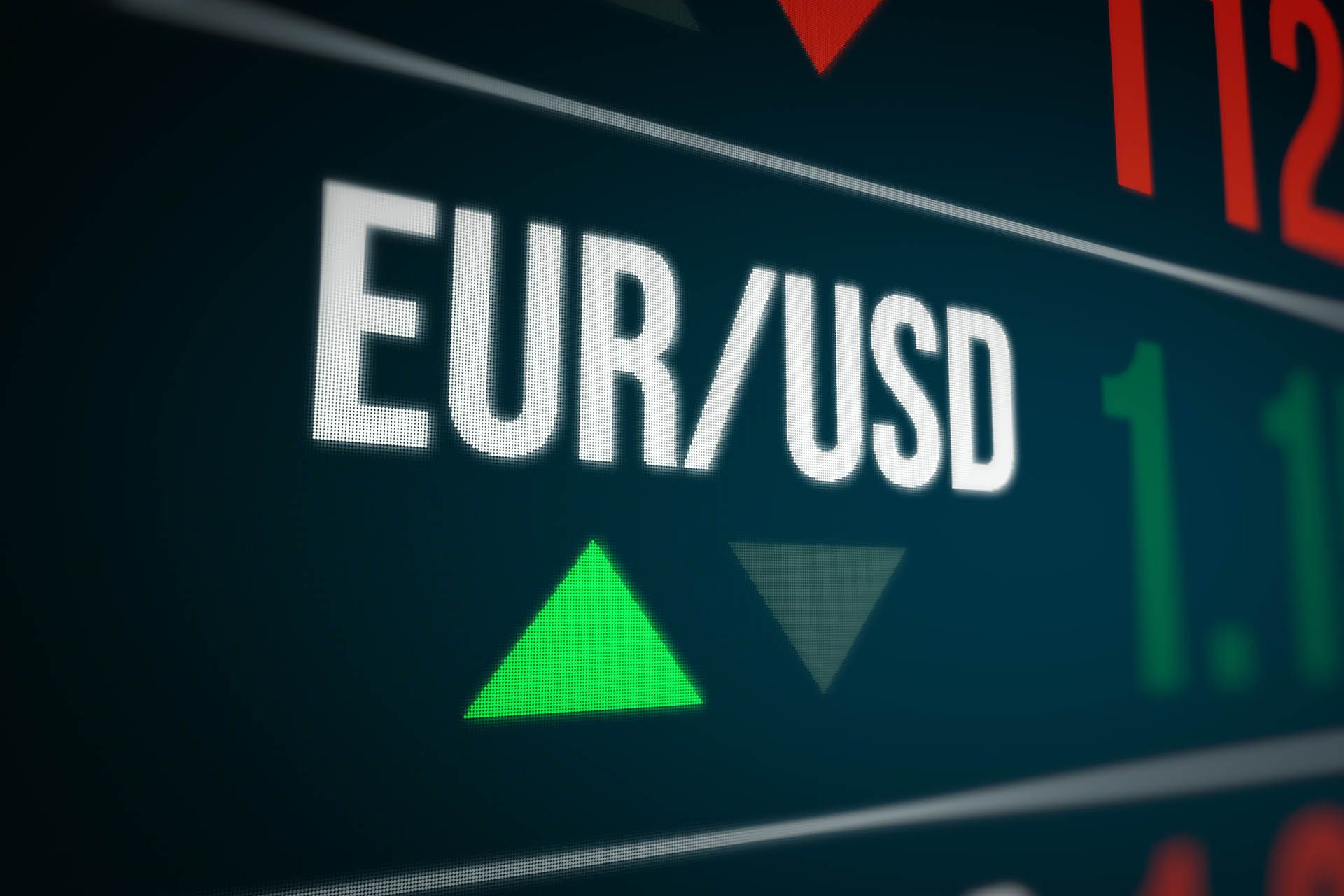Forex
EUR/USD: European Union’s main currency problems

EUR/USD: The pair stayed in the flat, as investors refrained from making big bets before the U.S. labor market data release, and it was justified. The data was quite optimistic and the markets didn’t expect such a high reading, which explains the sudden reversal, which sent EUR/USD to the low around 1.0160.
The euro is entering bearish territory again. The massive increase in the number of US non-farm payrolls in July was a kind of cherry on the cake for the dollar. There are strong indications that the Fed will continue to aggressively raise rates.
EUR/USD analysis
We will conduct an EUR/USD analysis. The concerns about growth in the Eurozone, energy problems and the hawkish stance of the Fed are holding back growth in the euro. In Germany, water levels in the Rhine River have dropped to their lowest since 2018 and are approaching impassibility for coal, sand, chemicals and other goods. This could affect trade, economic growth and exacerbate energy problems.
The outlook for Germany, the engine of the eurozone economy, is getting worse. Industrial production could stall because of falling water levels in the Rhine River, making navigation difficult and exacerbating supply problems. The country’s gas reserves are lower than elsewhere, so rationing gas consumption this winter remains a serious risk.
An extensive dollar correction helped the euro briefly recover, but the macroeconomic picture in the US this week suggests that the American correction time has passed. Considering the additional domestic pressure on the Euro, EUR/USD may again face the prospect of parity.
Most analysts are still of the opinion that it is too early to speak about the termination of the long-term trend of the dollar strengthening. The cycle of Fed rate hikes is far from over and will continue.

 Forex3 years ago
Forex3 years agoForex Today: the dollar is gaining strength amid gloomy sentiment at the start of the Fed’s week

 Forex3 years ago
Forex3 years agoUnbiased review of Pocket Option broker

 Forex3 years ago
Forex3 years agoDollar to pound sterling exchange rate today: Pound plummeted to its lowest since 1985

 Forex3 years ago
Forex3 years agoHow is the Australian dollar doing today?

 Cryptocurrency3 years ago
Cryptocurrency3 years agoWhat happened in the crypto market – current events today

 World3 years ago
World3 years agoWhy are modern video games an art form?

 Commodities3 years ago
Commodities3 years agoCopper continues to fall in price on expectations of lower demand in China

 Economy3 years ago
Economy3 years agoCrude oil tankers double in price due to EU anti-Russian sanctions























